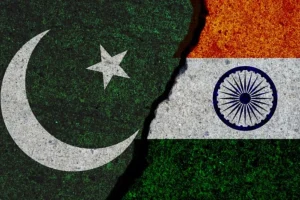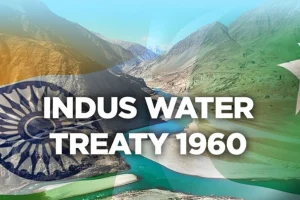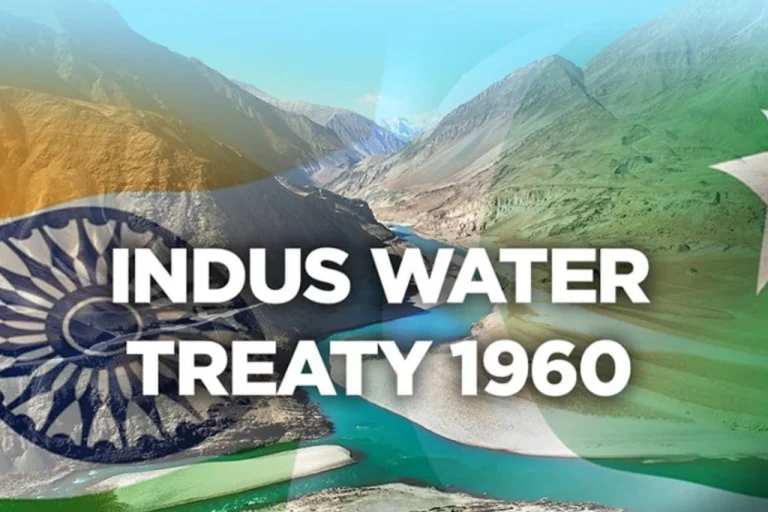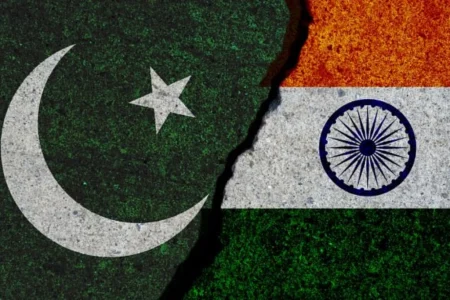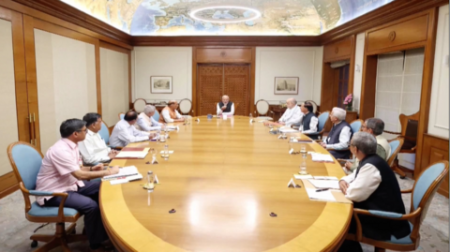The Indus Water Treaty is an old understanding between Pakistan and India over the sharing of water. It was drawn up on September 19, 1960 by the World Bank to resolve existing and prevent future disagreements over the sharing of river waters between two countries.
Indus Basin System During British Rule
In 1909, the British government planned to transform Punjab into the granary of the subcontinent and developed an integrated canal system under the Lower Indus Basin.
Canals and barrages were constructed and the Jhelum River was connected to the Chenab River by a canal. The Sukkur Barrage was completed in 1932 and the Kalabagh Barrage was completed in 1955. This advancement enabled the construction of the world’s largest irrigation network.
Partition of India and the Water Crisis
The headworks of the rivers went to India after the 1947 partition of India. In 1948, India abruptly cut off Pakistan’ water supply which destroyed millions of acres of crops.
India gained control over the Sutlej and Ravi rivers and completely blocked Pakistan water.
With Indian control over the headworks, Pakistan felt vulnerable and realized that it could not maintain agricultural stability without developing its own independent water system.
World Bank Intervention and the Indus Waters Treaty
The World Bank intervened in the same year and began negotiations. Treaty was eventually signed on September 19, 1960 following several years of discussion and disagreement. The pact was signed by Pakistani President Ayub Khan and Indian Prime Minister Jawaharlal Nehru.
Key Points of the Indus Waters Treaty
Under the treaty:
- The three eastern rivers Ravi, Sutlej and Beas were allocated to India.
- The three western rivers Indus, Jhelum and Chenab were allocated to Pakistan.
- A key clause was that India could use the western rivers for limited purposes but could not block or alter their flow.
- The treaty also established the Indus Waters Commission and Pakistan was permitted to construct new dams.
Major Projects Initiated by Pakistan After the Treaty
Pakistan launched several major water infrastructure projects with international assistance following the treaty:
- Mangla Dam on the Jhelum River
- Tarbela Dam on the Indus River
- Chashma, Kotri and Guddu barrages were also constructed.
- In addition one siphon and eight link canals were built.
These projects played a vital role in preserving agricultural sustainability of Pakistan.
Current Situation of the Indus Waters Treaty
India has violated its provisions multiple times Despite the treaty. Pakistan has also taken the matter to international courts.
Recently India has announced the suspension of the Indus Waters Treaty following the death of 26 tourists in an attack in the Muslim majority region of Pahalgam in occupied Kashmir.
India has also closed the Wagah and Attari borders.
According to the Indian Foreign Secretary, the Cabinet Committee on Security (CCS) has decided to suspend the treaty until Pakistan withdraws support for cross border terrorism.
However Article 12 (4) of the Indus Waters Treaty stipulates that the treaty can only be terminated if both India and Pakistan agree in writing.In response Prime Minister Shehbaz Sharif has called an emergency meeting of the National Security Committee.
According to government sources, Pakistan will issue a strong response to Indian unilateral actions.

